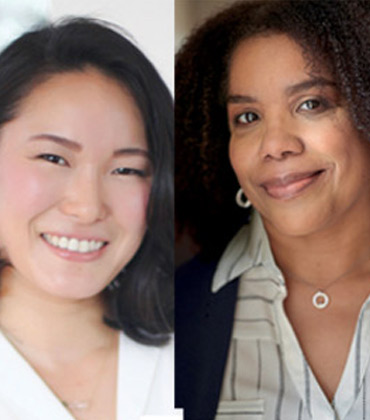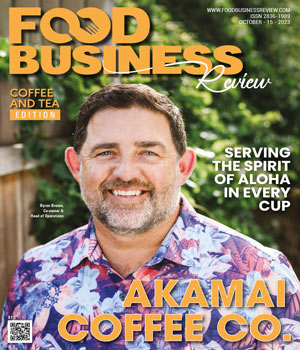The essence of Japanese culture is intricately woven into the nuanced flavors in the teas produced by Yamamotoyama. For this venerable company, tea isn’t merely a drink. It’s a culinary journey of wellness inspired by over three centuries of history.
The Yamamotoyama story began in a small tea shop in Japan in 1690 with Kahei Yamamoto, a visionary who sought to democratize green tea. At a time when only the privileged could indulge in its taste, Yamamoto discovered the art of steaming the leaves, a cost-effective method that preserved their freshness and green hue while infusing a delicate sweetness and umami flavor. The lush tea leaves are delicately cradled in the steam, locking in the essence and imprinting a signature taste.
This novel tea, Sencha, captivated the nation’s taste buds, and Yamamotoyama swiftly became a household name. Today, Sencha is a liquid memory of Japan’s tea history, the taste of sun-kissed leaves, and craftsmanship in every sip.
Another breakthrough came in 1835 when Kahei Yamamoto VI introduced Gyokuro, the zenith of green tea. Unlike the typical Sencha, it is shielded from sunlight during its final growth stages to enhance its taste and quality. Gyokuro is akin to a secret garden of flavors, where leaves, protected from the harsh sun, develop a delicate complexity that tantalizes the palate.
Over the years, the Yamamoto family continuously expanded their horizons. Their pursuit of excellence led to the establishment of Yamamotoyama Brazil and Yamamotoyama U.S.A. Later, they acquired the renowned Stash Tea Company, which has its own rich half-century-old heritage. Founded by Steve Smith, Steve Lee, and Dave Leger in Portland, OR, Stash introduced bold new flavors to bagged tea in North America, such as Chai Spice and Lemon Ginger. They were also pioneers in using Pacific Northwest Peppermint for herbal teas. Today, Stash offers over 100 unique tea varieties, each providing an immersive sensory experience.
Today, Yamamotoyama remains a family-owned and operated company and is one of the few tea companies in the world that cultivates its own product. Well-maintained gardens yield exquisite organic green tea through methods perfected over 300 years.
“We are firmly committed to providing the finest, healthiest, and most flavorful teas to the world,” says Helene Pamon, President, Yamamotoyama U.S.A. “And it makes our day when people reach out to us letting us know how much they love the smooth flavor of our Sencha green tea and the rich flavors and aromas of Stash.”
We are firmly committed to providing the finest, healthiest, and most flavorful teas to the world
Yamamotoyama’s dedication to spreading the true Japanese tea culture extends to offering products at various price ranges—without compromising on quality, flavors and health benefits—to fit each client’s pocket, changing the popular perspective that tea is a costly indulgence.
In a bid to continuously innovate and connect with tea drinkers, Yamamotoyama has recently launched new flavored green teas like strawberry, yuzu, ginger peach, and mint. The company has also launched a new marketing campaign for the Stash Brand, ‘Let’s Get Steeped’, which celebrates its heritage as tea ‘pioneered by Teaheads for Teaheads’. In addition, Stash launched Cozy Cinnamon Vanilla Chamomile, which is also featured in a new Relax and Unwind variety pack available on Amazon.
The fresh perspectives from the new partnership between CEO Nami Yamamoto and President Helene Pamon are fueling these innovations and growth beyond traditional tea-making.
As the first woman in the family to lead the company, Nami prioritizes DEI initiatives to embrace diverse perspectives in shaping business strategies. Together, Helene and Nami are driving transformation—in an organization where 60 percent of employees are female—through classical CPG approaches to take all the brands under its portfolio to the next level.
Driven by the purpose of inspiring joy and wellness, Yamamotoyama envisions disrupting and elevating tea for generations to come, fusing the timeless essence of Japanese tea culture to address the needs and wants of people today.
Company : Yamamotoyama U.S.A
Headquarters :
. ManagementNami Yamamoto, CEO; Helene Pamon, President
Thank you for Subscribing to Food Business Review Weekly Brief




